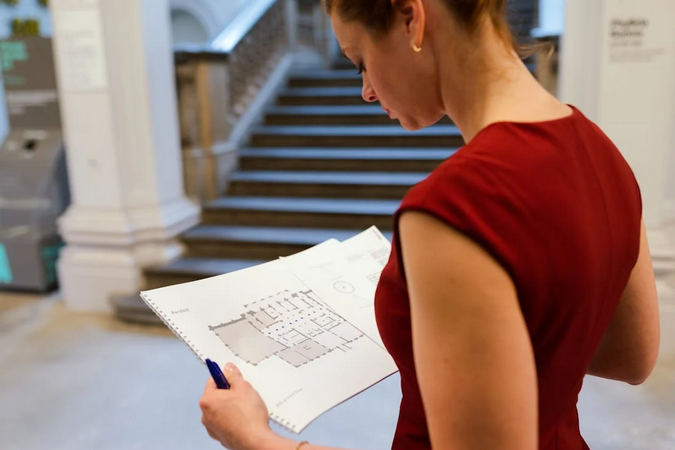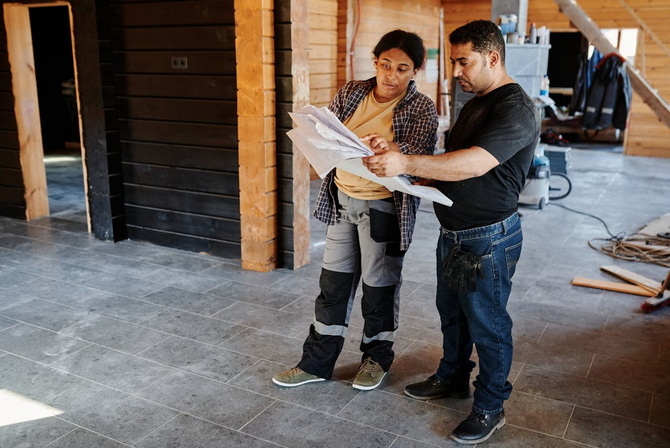Stress-Free Moving: Top Services Offered by Professional Movers
Moving can be one of life’s most stressful experiences. Whether you’re relocating across town or to a different state, the thought of packing up your entire life is enough to make anyone feel overwhelmed. But it doesn’t have to be that way. With the right help from Wood Green moving services, your move can be seamless and even enjoyable.
Professional movers offer various services designed to take the burden off your shoulders. Imagine having experts handle everything from heavy lifting to intricate packing while you focus on what’s truly important: settling into your new space and making it feel like home. Let’s dive into some top-notch services that these moving professionals provide, ensuring a stress-free transition for everyone involved.
Full-Service Moving
 Full-service moving is a game changer for anyone looking to simplify their relocation. This all-inclusive option means you won’t lift a finger—well, maybe just to point the way. Movers will handle everything from packing your belongings to transporting them safely. They arrive with all the necessary tools and equipment, so you don’t have to worry about renting trucks or finding boxes. It’s convenient and efficient. But it doesn’t stop there. Unpacking services are often included, too, allowing you to settle in quickly without added stress.
Full-service moving is a game changer for anyone looking to simplify their relocation. This all-inclusive option means you won’t lift a finger—well, maybe just to point the way. Movers will handle everything from packing your belongings to transporting them safely. They arrive with all the necessary tools and equipment, so you don’t have to worry about renting trucks or finding boxes. It’s convenient and efficient. But it doesn’t stop there. Unpacking services are often included, too, allowing you to settle in quickly without added stress.
Transportation
When it comes to moving, transportation plays a crucial role. Professional movers have specialized vehicles designed for the task. These trucks are spacious and equipped to handle various loads. Safety is paramount during transport. Skilled movers take great care in securing your belongings with blankets and straps, ensuring nothing shifts during transit. You can trust that your items will arrive intact at your new location. Timing is also essential in the moving process.
Storage Solutions
When moving, finding a safe place for your belongings can be challenging. Professional movers offer tailored storage solutions that cater to individual needs. These facilities often come with climate control options, protecting sensitive items from extreme temperatures and humidity. Whether you need short-term or long-term storage, there’s flexibility available. Security is another key aspect. Most storage units feature advanced surveillance systems and secure access controls, giving you peace of mind during the transition period.
Specialty Item Handling
Moving specialty items can be daunting. They often require extra care and attention, which professional movers excel at providing. From pianos to fine art, these pieces need specialized handling. Experts understand how to secure and transport them safely. Unique packing materials, like custom crates or protective wrapping, ensure your valuables remain intact during transit. The right tools make all the difference. Additionally, experienced movers know the best techniques for navigating tight spaces or staircases without damage.
Packing Supplies
 Packing supplies are crucial in any moving process. Using the right materials ensures your belongings are protected during transit. This minimizes the risk of damage, which can be costly and stressful. Boxes come in various sizes to accommodate everything from books to fragile decor. Sturdy, well-made boxes help keep items safe and organized. Don’t forget about packing tape; high-quality tape is essential for securing those boxes. Bubble wrap and packing paper are lifesavers when it comes to protecting delicate items like glassware or electronics.
Packing supplies are crucial in any moving process. Using the right materials ensures your belongings are protected during transit. This minimizes the risk of damage, which can be costly and stressful. Boxes come in various sizes to accommodate everything from books to fragile decor. Sturdy, well-made boxes help keep items safe and organized. Don’t forget about packing tape; high-quality tape is essential for securing those boxes. Bubble wrap and packing paper are lifesavers when it comes to protecting delicate items like glassware or electronics.
Moving can be one of life’s most stressful experiences, but it doesn’t have to be. With the right professional movers, you can transform a daunting task into a seamless process. They offer comprehensive services tailored to meet your specific needs. Choosing professional movers means choosing peace of mind. Embrace this opportunity as a fresh start rather than stressing over logistics. By utilizing these diverse services, you’ll find that moving can actually be an enjoyable adventure rather than simply another chore on your to-do list.…







 Finally, don’t forget to set the mood for your steak dinner party. Create a festive atmosphere by setting out decorations that match the night’s theme. You could also light some candles and play music in the background for added ambiance. A steak dinner is all about relaxing with friends and family, so put in the extra effort to make your guests feel comfortable and welcome. If you are not sure what decorations to use, you can always look for inspiration online or in party stores. If you have a friend that has thrown a steak dinner party before, they may be able to provide some helpful advice.
Finally, don’t forget to set the mood for your steak dinner party. Create a festive atmosphere by setting out decorations that match the night’s theme. You could also light some candles and play music in the background for added ambiance. A steak dinner is all about relaxing with friends and family, so put in the extra effort to make your guests feel comfortable and welcome. If you are not sure what decorations to use, you can always look for inspiration online or in party stores. If you have a friend that has thrown a steak dinner party before, they may be able to provide some helpful advice.